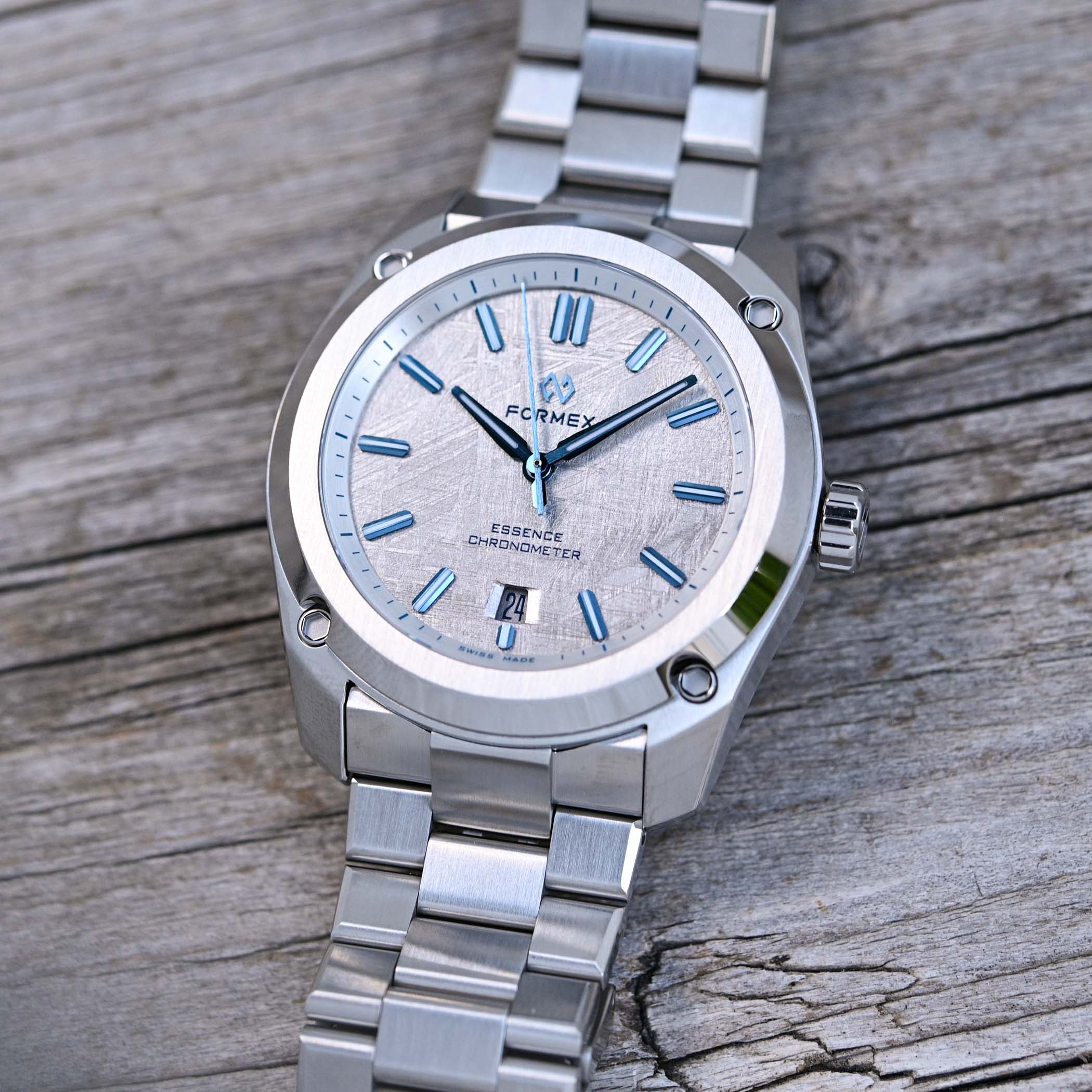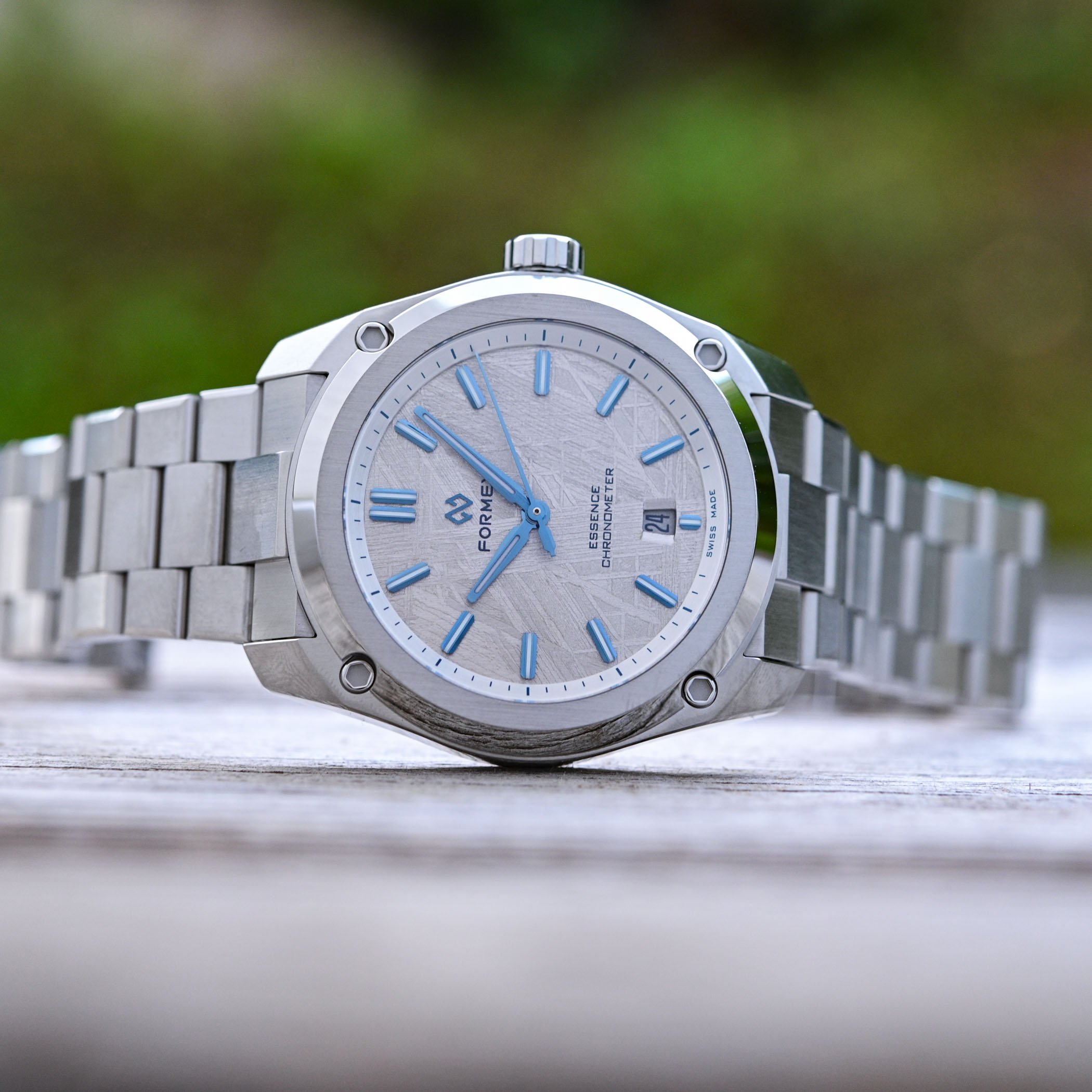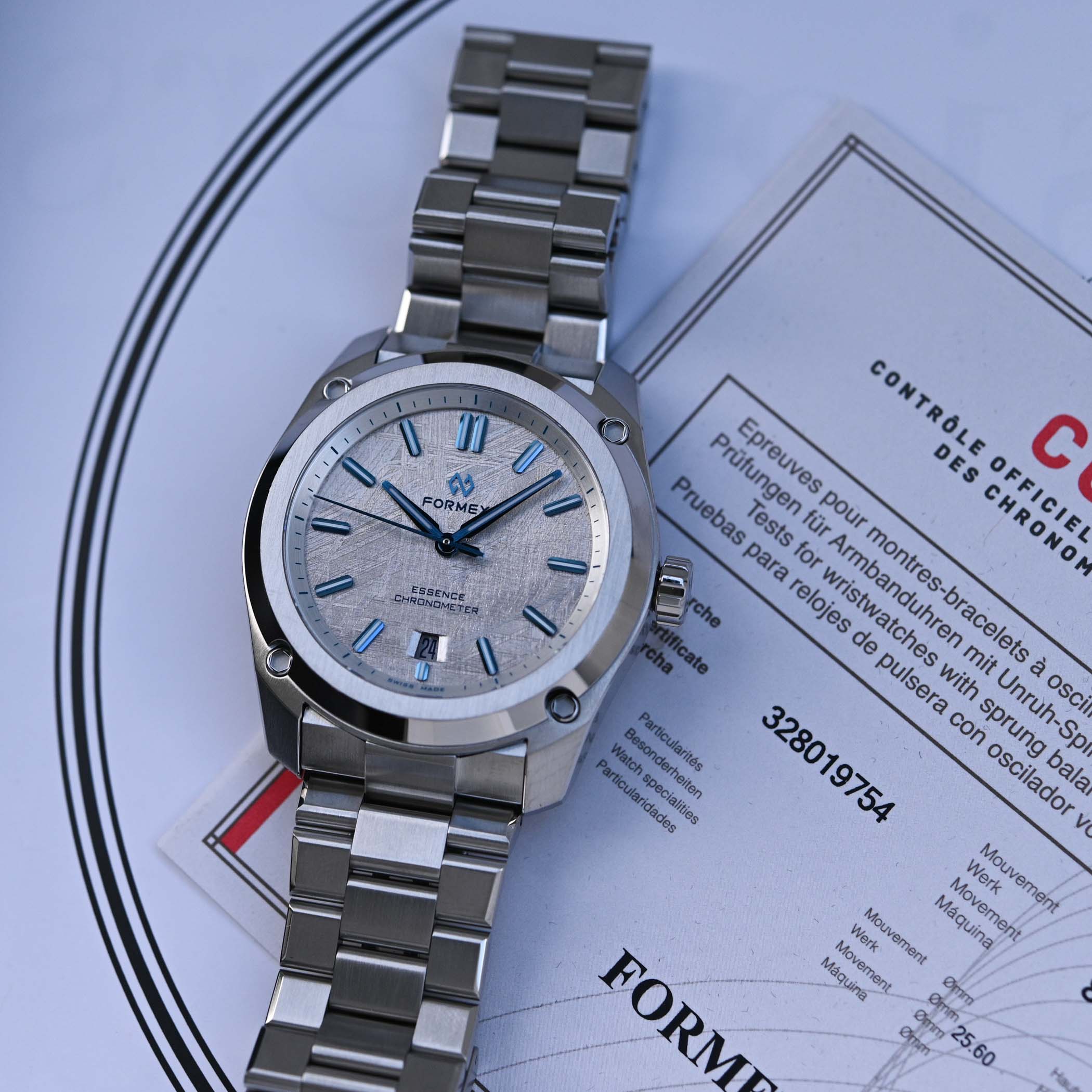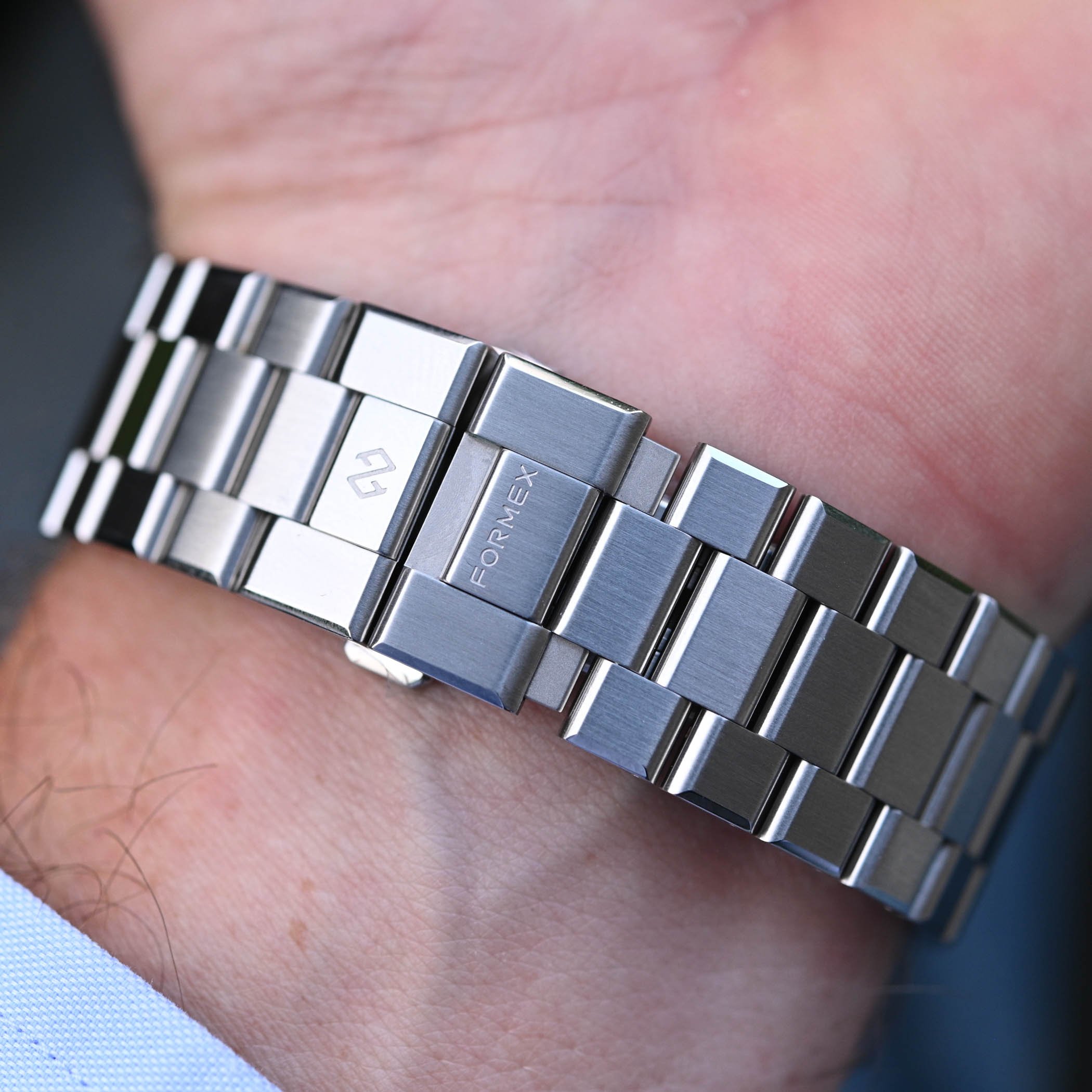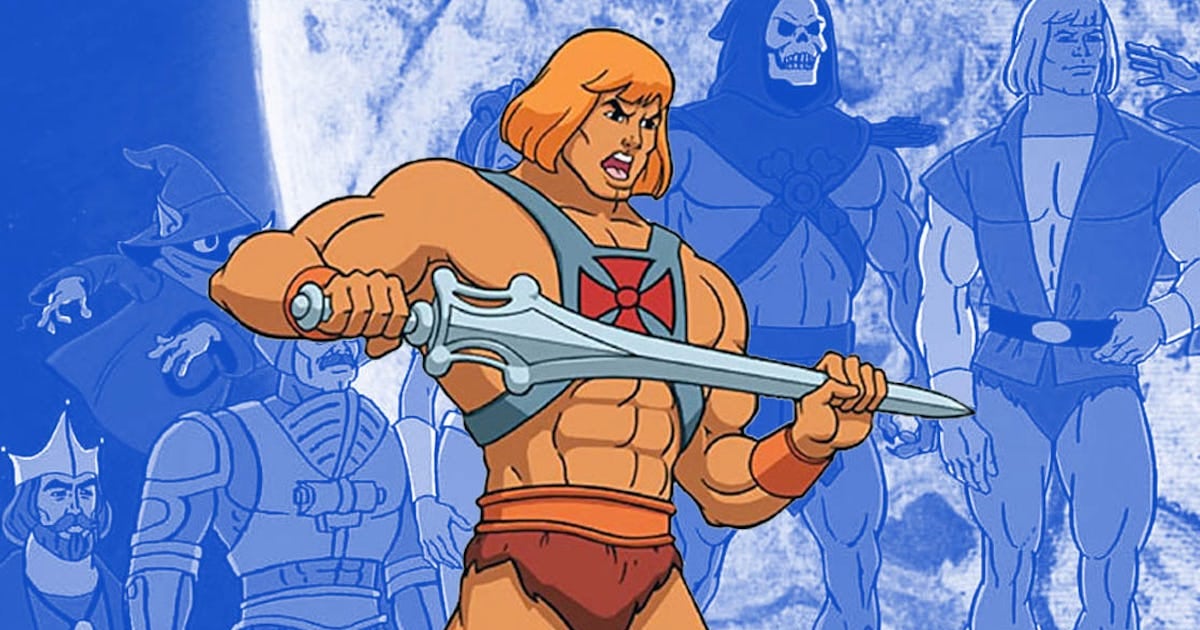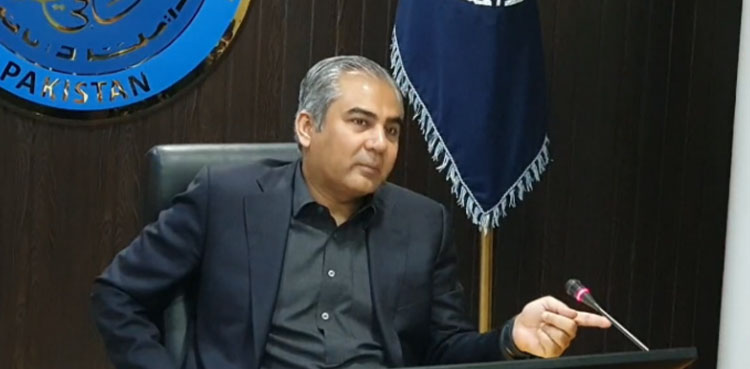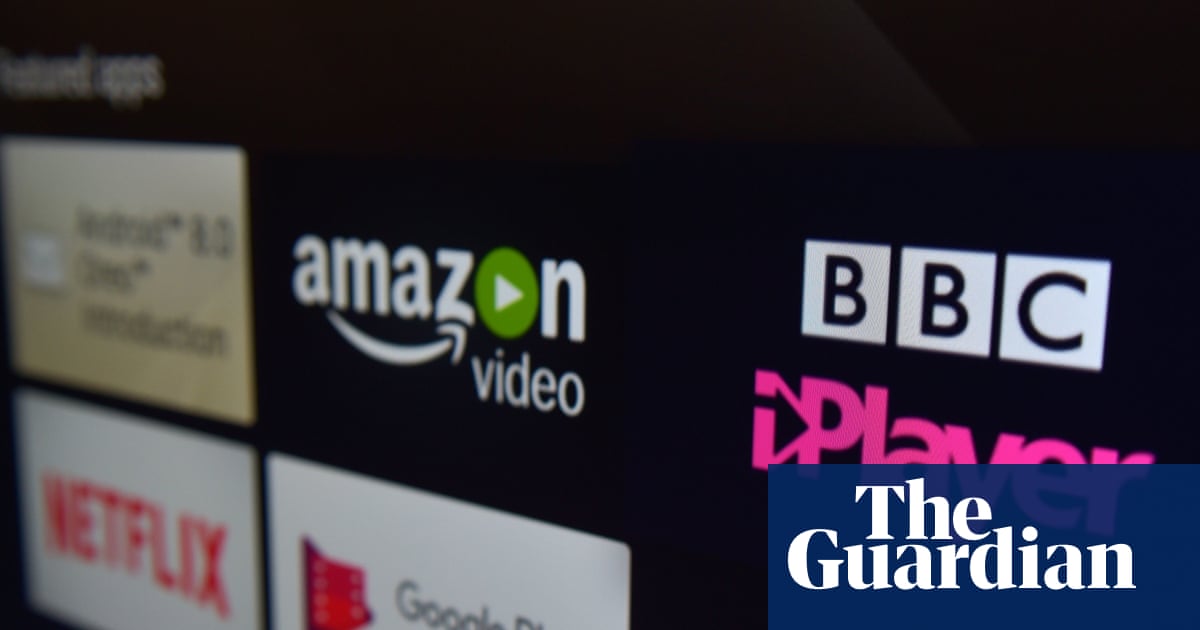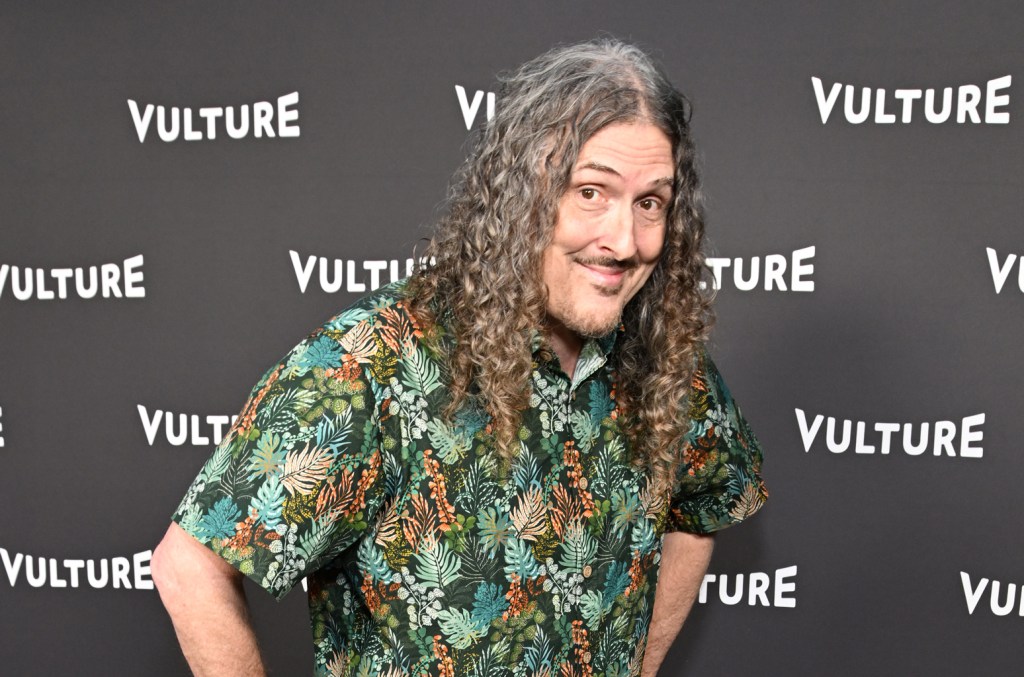Heriberto Saldivar, Head of Strategy at ESA, introduces the European Space Agency’s Strategy 2040 and explains how it will help Europe to build the future of space.
In April 2025, the European Space Agency (ESA) released Strategy 2040 – a blueprint for future activities and medium- to long-term priorities that will help to realise the European space agenda. The Strategy sets out goals for the next 15 years and is designed to reflect changes brought about by the increasingly turbulent geopolitical environment. The Strategy is the longest vision set by ESA to date and follows Agenda 2025 – a set of five key priorities encompassing a plan for Europe to maintain and expand its excellence in space, for the benefit of everyone.
To find out more about Strategy 2040, its key goals, and how it was developed, Editor Georgie Purcell spoke with Heriberto Saldivar, Head of Strategy at ESA, who led the creation of the Strategy.
Can you tell us more about Strategy 2040 and how it was developed?
Strategy 2040 is a joint development between ESA and its Member States. For over two years, we have been working to develop a comprehensive strategy that spans all across Europe.
ESA has been developing space solutions for its Member States for 50 years, and we have always had near-term visions and medium- and short-term objectives. In some directorates, such as our Science directorate, we have more long-term goals to accommodate for the complexity of certain missions. However, ESA’s agendas are typically focused into a one-term strategy, one directorate, or a shorter time period. Strategy 2040 is the first time that the agency has decided to build something more long term.
The world is changing so fast, and we need to implement guidelines to ensure that we are not wasting our resources. 2040 is 15 years into the future – it is long enough to give us a long-term vision to start developing certain ideas, but also short enough to be able to see the changes.
The development of Strategy 2040 was a long exercise. We first needed to establish common ground with our 23 Member States, as well as with our Cooperating States and Associate Member States. We analysed their space strategies, space laws, and how space is permeating society. We also conducted a very deep analysis of national policies and priorities – in areas such as transportation, education, health, ecology, and defence. This gave us an idea of direction for the future.
At the same time, we wanted to gain an understanding of what our industry partners were doing and whether our activities aligned. We also conducted an analysis of the strategies of NASA, Japan, India, China, Korea, the Middle East and other space nations. This enabled us to develop a global view with a big consideration placed on the major challenges facing the world. For example, the World Economic Forum shares in its annual Global Risks Report some of the most severe risks we may face in the coming years – trends that are changing in societal, climate, and political landscapes. Our department’s Foresight team reviewed different scenarios and looked at ways to develop something robust.
Within our development process, we included people from inside ESA, industry, and our young generation. It is very important that we build something that reflects the needs of the future but also has the experience of senior peers. We liaised closely with our Member States, who gave us very intense, constant feedback to understand where we could find a common ground. Alongside the needs of the European Union, we also looked at the situation across the Atlantic in the Asia-Pacific region and the work of our international partners.
The Strategy is based on five thematic goals, each of which has specific objectives assigned. These are to: Protect our Planet and Climate; Explore and Discover; Strengthen European Autonomy and Resilience; Boost European Growth and Competitiveness; and Inspire Europe.
The goal to Protect our Planet and Climate not only relates to climate change and sustainability, but also how we protect the orbit around our planet and how we protect our planet from external events like space weather that can disrupt such things as telecommunications or power grids.
Explore and Discover encompasses factors such as the exploration ambitions of Europe, going to the Moon and Mars, and low-Earth orbit, as well as the scientific benefits that are derived from them. This also relates to the science that we do on missions, and the search for some of the biggest answers in physics, gravity, matter, the creation of the Universe and the forces that shape it, etc., while also looking at our planet and how it is changing.
The goal to Strengthen European Autonomy and Resilience is central to two key points. The first one is about access and mobility to space. If Europe wants to go to space, we need to have the means to do so. We learned this the hard way when we experienced a crisis of launchers a few years ago, which took us some time to recover from. Now, Europe has access to space, but we need to ensure that this access is autonomous and competitive. The second point relates to our citizens. Space is to benefit our society and is intertwined with our economy. We need to think about technologies in connectivity, position, navigation, timing, Earth observation, and more, to make a more connected and safe future for citizens. This also links to disaster mitigation and emergency response. We cannot dream of a bright future if we can’t keep our citizens safe.
The fourth goal focuses on boosting European Growth and Competitiveness. Europe is incredible at developing technologies, and we need to keep this momentum going. The first objective is to spearhead new technologies and new capabilities, but Europe must also strengthen how it carries out its industrial capacities. This is something we need to do to unlock new markets, drive economic growth, and make Europe a commercial hub for the economy. Our colleagues at the UK Space Agency provide us with a lot of support in this area, because the UK is a well-known centre for venture capital.
The last goal is to Inspire Europe. Europe as a continent is great, especially when we work together. We want to reinforce the space ecosystem in Europe, collect all the key European stakeholders, and work together as a continent. It is also crucial for us to inspire people. I think space can really spark a fire in children and the younger generation who will be developing these capacities for the future.
How can the wider space sector co-operate with ESA to help meet the goals of Strategy 2040 and strengthen Europe’s place in the global space market?
This is something that I have been discussing with a lot of people in industry. They are very eager to see where we’re going. When you’re planning things like recruitment and future budgets, you need to know that there’s a stability that you can use for career paths and development. The industry is very eager to see what we’re presenting, because it enables them to see a long-term vision.
At the same time that we published Strategy 2040, we published Technology Vision 2040 – setting out the technologies that we see are important for the future. Not all of them are something that might become viable in the immediate future, but they are avenues that we think are important to explore.
We are planning to sit down with industry and discuss ideas. We want to industrialise Europe, but a factory is an expensive investment. Getting the machines and supply chains ready, amongst everything else, is not something that can be achieved in just a few years. It takes time to build it. This is something that industry is very eager to see, because if they see a path, they can see where they’re going. This also links to the Member States and the national priorities, because if we’re aligned with them, the industry is aligned.
Strategy 2040 follows the culmination of Agenda 2025. What were the key takeaways from this and how have the lessons learnt from this shaped Strategy 2040?
Agenda 2025 was the cornerstone on which we built a lot of the steps for Strategy 2040. Agenda 2025 was a very initial step to put things right. At the beginning of the mandate of our current Director General (DG), he recognised that the agency needed to adapt, and the priorities set out in the Agenda reflected this need for change.
The first priority was to strengthen ESA-EU relations. Our DG has managed to do this very successfully and is continuing to do so moving forward.
The next goal was to boost commercialisation in a green and digital Europe. Firstly, we created the Directorate for Commercialisation (CIC), which has been able to expand and explore how we can commercialise. It’s difficult for an agency that has been working in a traditional way for 50 years to adapt to a new world, however, thanks to the work done by the CIC team, things are now moving more dynamically, and we are continuing to learn and grow.
Objective three was to develop space for safety and security. This is something that we are continuing to prioritise. Since the Agenda was presented in 2021, the situation of security has become more and more critical and we are, therefore, strengthening our work in this area.
The last two points of the agenda are more internal – programme challenges and to complete the ESA transformation. To address these issues, we needed to work in ESA internally and utilise new methods and technologies to become more efficient. This has been a really intense exercise across the whole agency and we are on the right track.
I would say that Agenda 2025 has been a good warm up and has given us a solid foundation to build upon and deliver Strategy 2040.
Strategy 2040 is a longer-term plan, but what can we expect in the near future?
We have a lot of priorities, and we need to be able to set the stepping stones to reach them. Some of them centre around a zero debris circular economy – ensuring that we have a responsible and sustainable use of space. We are implementing a lot of things, including the Zero Debris Charter, that should become an integral part of how we develop new missions and the next steps.
We also want to see European human presence on the Moon, and this is something that we’re working on. We’re working towards building a capability to have a stronger European presence in low-Earth orbit and exploration.
We also have a lot of missions and initiatives in the pipeline, especially scientific missions such as NewAthena, the largest X-ray observatory ever built. At the same time, one priority that we find really important is to strengthen European autonomy and resilience. We’re working very hard on a programme called European Resilience from Space (ERS), which develops state-of-the-art solutions for predictions and management of disasters and emergencies. This is critical to ensure our citizens are safe. We need to have eyes from the sky to tell us about movements that are happening, and we cannot wait for a satellite to move until certain things have happened. We need to change a bit of orbit to have constant monitoring. We need to be able to communicate information live to our citizens and to security personnel – police, rescue services, etc. – to be able to receive support.
It is also important to position Europe as a commercial hub. Europe is in a very interesting position right now. It is a stable place where we can bring and attract talent, but also where we can develop a hub to attract investment. We must be able to develop the industry. We’re very good at creating novel technologies, but we need to work hard to scale this up.
What is the main message that you want to deliver with the release of Strategy 2040?
We want to give Europe a dream.
Europe has been at the centre of incredible changes in the world – steam, electricity, and even flight. Someone, very poetically, said to me: “Europe’s Age of Enlightenment transformed astrologers into scientists and alchemists into chemists, marking a turning point that brought profound change and progress to the world.” We need to go back to that spirit.
Europe knows how to build, and we believe that space can be one of these things that really elevates us. Strategy 2040 is a way for us to bring back this hope to our citizens and say, “Yes, the world is difficult. We’re having a lot of challenges, but let’s dare to dream. Let’s push something there and build a future we want to live in.”
Let’s help Europe to dare to dream and really go back to what we do best – building the future.
Please note, this article will also appear in the 23rd edition of our quarterly publication.
